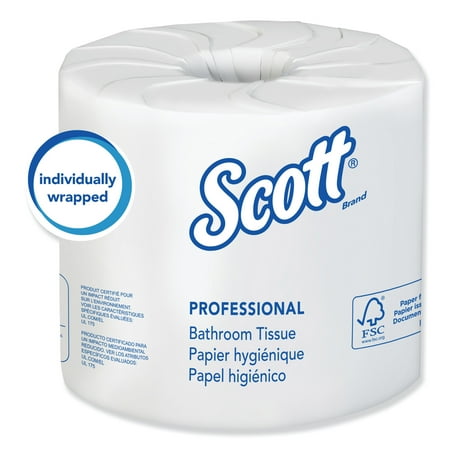Boardwalk Standard Roll Toilet Paper, 2-Ply, Individually Wrapped, 4″ x 3″ Sheet, 500 Sheets per Roll, 96 Rolls per Carton
Embossed and sturdy toilet tissue. Individually wrapped rolls make this a more sanitary choice. Best of all, rolls contain 65% post-consumer content and 100% total recovered content.
Embossed and sturdy toilet tissue. Individually wrapped rolls make this a more sanitary choice. Best of all, rolls contain 65% post-consumer content and 100% total recovered content.
Additional information
| Manufacturer Part Number | B6145 |
|---|---|
| Assembled Product Dimensions (L x W x H) | 26.00 x 17.25 x 16.50 Inches |




by Michelle
This toilet paper is like another brand I use. I love the price and I love the quality! This came in the bulk and perfect timing due to covid everyone was buying it up. But overall good toilet paper for the price!
by Bernie
Still a good price have ordered them before.